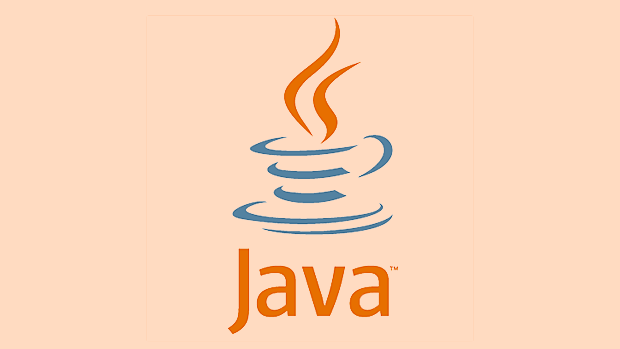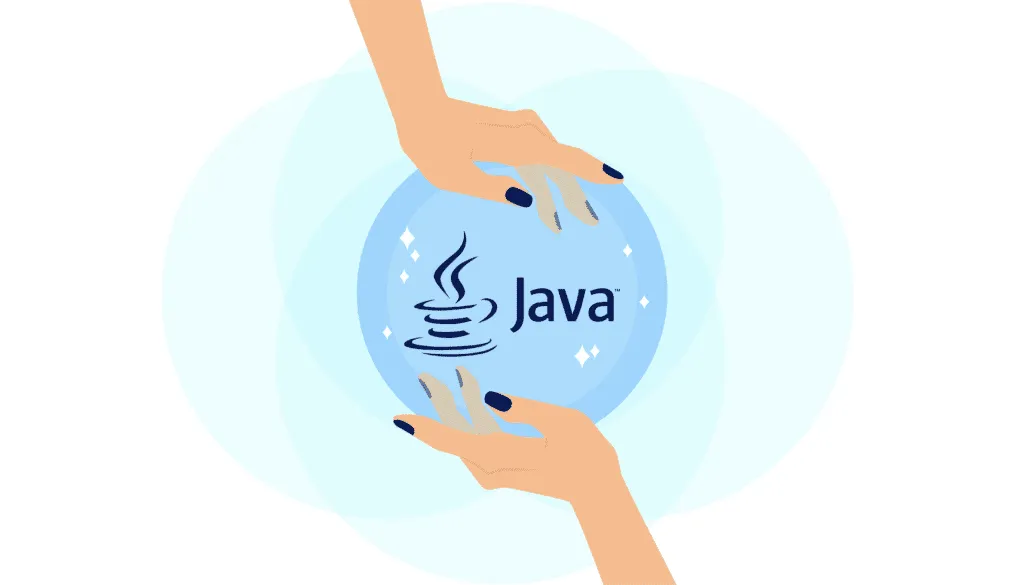Safe Casting and Type Compatibility in Java
Jul 08, 2025 am 01:54 AMThe key to the security of Java type conversion is to match the inheritance relationship and the actual object, and the upward transformation is automatic and safe; the downward transformation requires explicit and instanceof inspection; generics are unreliable due to type erasure; and the interface and implementation classes can be converted.

The Java type system is designed relatively strictly, with the purpose of discovering type errors as much as possible during the compilation period. However, in actual development, we still often need to do type conversion. At this time, "safe type conversion" and "type compatibility" have become issues that must be paid attention to.

This article directly talks about the key point: casting is safe only when two classes have an inheritance relationship and the actual object is an instance of the target type . Otherwise, ClassCastException will occur.

What is type compatibility?
Type compatibility in Java is mainly reflected in inheritance relationships. For example, an object of a subclass can be assigned to the reference variable of the parent class. This is called Upcasting , which is automatically completed and does not require casting.
For example:

Animal a = new Cat(); // Legal, Cat is a subclass of Animal
The other way around is not possible. If you try to assign the object of the parent class to the reference variable of the subclass, you must perform a cast, and the premise is that the object is indeed an instance of the subclass, otherwise an error will be reported at runtime.
Why does cast type conversion go wrong?
There is no problem with casting itself, the problem is that the type mismatch of the actual object . For example, the following code will throw an exception:
Animal a = new Animal(); Cat c = (Cat) a; // throws ClassCastException when running
Although the syntax here is correct, because a actually points to Animal object, not Cat , it fails to force it to Cat .
To avoid this problem, before making a downward transformation, you should first use instanceof to check the actual type of the object:
if (a instanceof Cat) {
Cat c = (Cat) a;
}This ensures the security of transformation.
Type erasure and generic conversion traps
Java generics are implemented through type erasing, which means that at runtime, the generic information will be "erased". For example, List<String> and List<Integer> are actually both List when running. This brings up a problem: you cannot directly make type judgments or conversions on generics.
For example, the following code will report an error:
List<String> list = new ArrayList<>();
if (list instanceof List<Integer>) { ... } // Compile errorBecause the type information no longer exists at runtime, this judgment cannot be completed. This also reminds us that when using generics, we should be extra careful about type conversion and avoid relying on runtime generic information.
Conversion of polymorphism and interface types
In addition to inheritance between classes, interfaces are also an important scenario for type conversion. If a class implements an interface, its objects can be assigned to the reference variable of the interface:
Animal a = new Cat(); // Class inheritance Runnable r = new Thread(); // Interface implementation
Similarly, if you want to transition from an interface reference variable to a concrete class, you also need to check if the types match:
if (r instanceof Thread) {
Thread t = (Thread) r;
}Such conversion is safe as long as the actual objects match.
Basically that's it. Type conversion is common in Java, but it is easy to make mistakes without paying attention to type compatibility and the real type of runtime objects. Remember a few key points:
- Upward transformation is automatically completed, safe
- Downward transformation must be explicit and must be coordinated with
instanceof - Generics are not reliable at runtime, don't rely on them to make type judgments
- Interfaces and implementation classes can also be converted, the logic is the same
Once you master these details, you will have a lot of thought when writing code.
The above is the detailed content of Safe Casting and Type Compatibility in Java. For more information, please follow other related articles on the PHP Chinese website!

Hot AI Tools

Undress AI Tool
Undress images for free

Undresser.AI Undress
AI-powered app for creating realistic nude photos

AI Clothes Remover
Online AI tool for removing clothes from photos.

Clothoff.io
AI clothes remover

Video Face Swap
Swap faces in any video effortlessly with our completely free AI face swap tool!

Hot Article

Hot Tools

Notepad++7.3.1
Easy-to-use and free code editor

SublimeText3 Chinese version
Chinese version, very easy to use

Zend Studio 13.0.1
Powerful PHP integrated development environment

Dreamweaver CS6
Visual web development tools

SublimeText3 Mac version
God-level code editing software (SublimeText3)

Hot Topics
 Selecting Specific Columns | Performance Optimization
Jun 27, 2025 pm 05:46 PM
Selecting Specific Columns | Performance Optimization
Jun 27, 2025 pm 05:46 PM
Selectingonlyneededcolumnsimprovesperformancebyreducingresourceusage.1.Fetchingallcolumnsincreasesmemory,network,andprocessingoverhead.2.Unnecessarydataretrievalpreventseffectiveindexuse,raisesdiskI/O,andslowsqueryexecution.3.Tooptimize,identifyrequi
 What is the `enum` type in Java?
Jul 02, 2025 am 01:31 AM
What is the `enum` type in Java?
Jul 02, 2025 am 01:31 AM
Enums in Java are special classes that represent fixed number of constant values. 1. Use the enum keyword definition; 2. Each enum value is a public static final instance of the enum type; 3. It can include fields, constructors and methods to add behavior to each constant; 4. It can be used in switch statements, supports direct comparison, and provides built-in methods such as name(), ordinal(), values() and valueOf(); 5. Enumeration can improve the type safety, readability and flexibility of the code, and is suitable for limited collection scenarios such as status codes, colors or week.
 Applying Semantic Structure with article, section, and aside in HTML
Jul 05, 2025 am 02:03 AM
Applying Semantic Structure with article, section, and aside in HTML
Jul 05, 2025 am 02:03 AM
The rational use of semantic tags in HTML can improve page structure clarity, accessibility and SEO effects. 1. Used for independent content blocks, such as blog posts or comments, it must be self-contained; 2. Used for classification related content, usually including titles, and is suitable for different modules of the page; 3. Used for auxiliary information related to the main content but not core, such as sidebar recommendations or author profiles. In actual development, labels should be combined and other, avoid excessive nesting, keep the structure simple, and verify the rationality of the structure through developer tools.
 What is the JDK?
Jun 25, 2025 pm 04:05 PM
What is the JDK?
Jun 25, 2025 pm 04:05 PM
JDK (JavaDevelopmentKit) is a software development environment for developing Java applications and applets. It contains tools and libraries required to compile, debug and run Java programs. Its core components include Java compiler (javac), Java runtime environment (JRE), Java interpreter (java), debugger (jdb), document generation tools (javadoc) and packaging tools (such as jar and jmod). Developers need JDK to write, compile Java code and develop with the help of IDE; without JDK, Java applications cannot be built or modified. You can enter javac-version and java-version in the terminal
 VSCode debugger for Java setup guide
Jul 01, 2025 am 12:22 AM
VSCode debugger for Java setup guide
Jul 01, 2025 am 12:22 AM
The key steps in configuring the Java debugging environment on VSCode include: 1. Install JDK and verify; 2. Install JavaExtensionPack and DebuggerforJava plug-in; 3. Create and configure the launch.json file, specify mainClass and projectName; 4. Set up the correct project structure to ensure the source code path and compilation output are correct; 5. Use debugging techniques such as Watch, F8/F10/F11 shortcut keys and methods to deal with common problems such as class not found or JVM attachment failure.
 Windows search bar not typing
Jul 02, 2025 am 10:55 AM
Windows search bar not typing
Jul 02, 2025 am 10:55 AM
When the Windows search bar cannot enter text, common solutions are: 1. Restart the Explorer or computer, open the Task Manager to restart the "Windows Explorer" process, or restart the device directly; 2. Switch or uninstall the input method, try to use the English input method or Microsoft's own input method to eliminate third-party input method conflicts; 3. Run the system file check tool, execute the sfc/scannow command in the command prompt to repair the system files; 4. Reset or rebuild the search index, and rebuild it through the "Index Options" in the "Control Panel". Usually, we start with simple steps first, and most problems can be solved step by step.
 How do I set up VS Code for Java development?
Jun 29, 2025 am 12:23 AM
How do I set up VS Code for Java development?
Jun 29, 2025 am 12:23 AM
To use VSCode for Java development, you need to install the necessary extensions, configure the JDK and set up the workspace. 1. Install JavaExtensionPack, including language support, debugging integration, build tools and code completion functions; optional JavaTestRunner or SpringBoot extension package. 2. Install at least JDK17 and verify through java-version and javac-version; set the JAVA_HOME environment variable, or switch multiple JDKs in the status bar at the bottom of VSCode. 3. After opening the project folder, make sure the project structure is correct and enable automatic saving, adjust the formatting rules, enable code checking, and configure the compilation task to optimize the opening.
 Why use the `Serializable` interface?
Jun 26, 2025 am 01:02 AM
Why use the `Serializable` interface?
Jun 26, 2025 am 01:02 AM
ImplementingtheSerializableinterfaceinJavaallowsaclasstobeconvertedintoabytestreamforstorageortransmission.Asamarkerinterfacewithnomethods,itsignalsthattheclassisreadyforserialization,enablingmechanismslikeObjectOutputStreamtoprocessit.Failingtoimple






